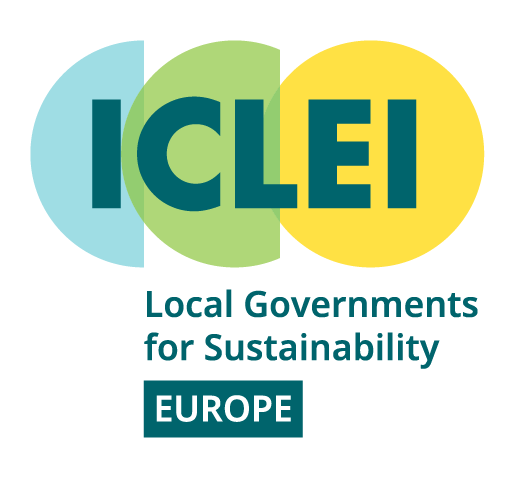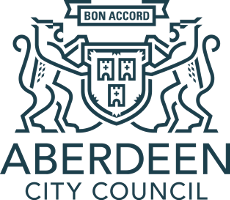District regeneration
This social innovation triggers district regeneration through hard and soft measures, such as local energy production and energy efficiency measures, urban green spaces, transport system transition measures and citizen participation.
Reference cases analysed within the scope of SMARTEES: Malmö and Stockholm (Sweden).
Malmö, Sweden

Stockholm, Sweden

Sustainable Järva is a regeneration project in the housing area Järva, which was built in the mid-1960s. So far, seven residential buildings were retrofitted leading to a 50% energy reduction, with the aim to decrease energy demand from 180 to 88 kWh/m2 a year as part of the project. The housing company Svenska Bostäder is planning to refurbish a total of 5,200 apartments until 2022 using the experiences from the pilot project.
Initially, the project was strongly resisted by the residents, and Svenska Bostäder’s first steps were to initiate a constructive dialogue between the housing company, the local municipality and citizens. Citizens were informed through communication campaigns and involved in decisions about the renovation. Particularly, the housing company started the Järva Dialog by inviting the inhabitants to open meetings. Around 10,000 residents participated in such meetings and gathered 30,000 inputs about the advantages and challenges of the area. Furthermore, residents were informed about how to save energy and recycle, and property managers and service personnel were trained to spread knowledge about sustainable lifestyles.
Nowadays, local residents actively participate in local decision-making processes, both inside and outside of the project. As a result, they also take part in democratic processes, which was not the case at the beginning of the project. The project demonstrates a successful turn of an initially top-down project into a project that supports participation and engagement. Now, the project is not only about energy efficiency but also about social aspects and local engagement.













